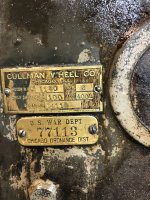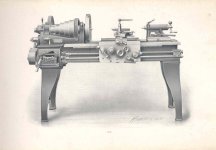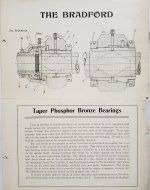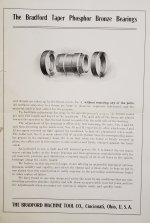The only insurmountable hurtle with old lathes like this is a low spindle speed, BUT they can still do excellent work as long as you approach the job with a fundamentalist view of turning. In other words, the latest indexable tooling doesn't help so much as an understanding of how cutter geometry works and how to grind it yourself.
That said, it's worth saving. Selling it, your goal is less about making top dollar and more about putting it in the right hands. If some hot-shot kids comes along with wads of cash and dreams of turning hard truck axles, he'll be disappointed and the lathe will likely get wreaked and sent to the scrap yard. The ideal buyer for this lathe is someone who is either a proper machinist already, or willing to learn enough about it that his buddies "think" he is a machinist. Someone who's just looking for a basic tool room lathe to make bronze bushings mild steel shafts and weird screw pieces for other projects, and see's this lathe for what it is: a well used tool that needs a little love so it can continue to be used.
Depending where you are, it's dollar value could be high or low depending on what better lathe's are on the market already. From my experience though, lathes this old are less about the condition of the ways (the typical horses-teeth you inspect) and more about how complete they are and if the spindle is heavily worn. It's very well possible that the buyer ends up being a "collector" type with no real intent to use it, but at least they respect it. Your profile says you're in Ohio, correct? Lots of lathe up that way, but also lots of guys ready to use them.
IMO, the worse thing you can do though is mark up the price because this thing is "rare" and an antique. That tends to drive away the few that might actually have a job for the lathe and tends to attract (IF it attracts anyone) the artsy types that just want to put the cast iron legs under the kitchen table and the rest of the lathe out in the flower bed.

















